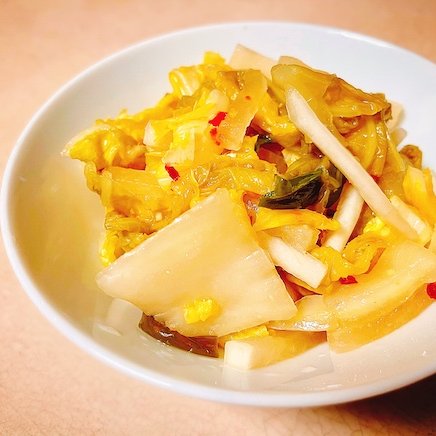
I'm really getting into fermenting my own foods lately, and decided to take on kimchi. Kimchi is Korea's version of sauerkraut. But make no mistake; it is it's own thing with spices unique to the area. If you can't get Korean sea salt or pepper flakes, you can sub with ingredients that are more accessible, which will still be good, but just a little different than the genuine articles.
Keto Kim Chi Recipe
Ingredients:
- 2lb napa cabbage (one large cabbage), cored and cut into 1-inch pieces, reserving 1-2 outer leaves
- ¼ cup Korean sea salt (*Or sub with celtic grey sea salt.)\
- 2 cups daikon radish, cut into matchstick strips
- 1 bunch green onions, trimmed and cut into 1-inch pieces
- 1 tablespoon fresh ginger, sliced (2-3 discs)
- 6 cloves garlic, whole
- 2–6 tablespoons Korean-style red pepper flakes (gochugaru) (1½-3 teaspoons crushed red pepper flakes)
- 2 tablespoons fish sauce (*Or use red miso paste), or more to taste
- 2 teaspoons Lakanto granulated monk fruit sweetener (or more to taste)
Directions:
Add the napa cabbage to a large bowl with the salt and toss. Add enough cool water to cover the cabbage and stir until salt is dissolved. Keep the cabbage submerged with a plate over the bowl and let stand at room temperature 6-8 hours or overnight. Give it a stir midway through if possible.
Drain the cabbage, saving the brine. Give the cabbage a quick rinse, drain, squeeze out any excess water, or blot with paper towels, and add it back to the bowl, along with the daikon radish and green onions.
Add the ginger, garlic, red pepper flakes, fish sauce (or miso) and sweetener in a food processor or small blender. Process until well combined, pulsing, until it becomes a thick paste.
Scoop the paste over the cabbage and using gloves, mix and massage the vegetables and the red pepper mixture together until well coated.
Pack the cabbage into a large, two-quart mason jar (or two, 1-quart mason jars) or a crock, leaving 1-2 inches room at the top. Add a little of the reserved brine to just cover the vegetables, pressing them down a bit ( so they are submerged) Place the whole cabbage leaf over top, pressing down to help keep the kimchi submerged under the brine. Use a fermentation weight over top of the whole leaf to keep it submerged. Alternatively, you can use a small zip lock filled with water. You just want to make sure the kimchi stays submerged.
Cover with fermentation lids and place the jar in a baking dish (or big bowl) to collect any juices that may escape. If you have a pump for removing air from the jar through the lid, go ahead and do that now. You do want to keep as much of the flavourful juice in the jar, so don’t overfill. Leave this somewhere dark and cool (55F-65F is ideal) for 3 days. A basement or lower cooler cabinet in the pantry or kitchen away from appliances is your best bet.
At the end of the third day, check for fermentation action or bubbles. Tap the jar to see if tiny bubbles rise to the top. Check for overflow, which also indicates fermentation. If you see bubbles, you can go ahead and store in the refrigerator where it will continue to ferment and develop more flavour slowly. For a softer, tangier kimchi, you can continue to ferment for 3 more days or longer. If there's no signs of fermentation, give it another day or two. Sometimes it can take longer in cooler climates. Be patient.
After you see bubbles, the kimchi is ready, but it won’t achieve its full flavour and complexity, until after around 2 weeks of slow fermentation in the fridge. The longer you ferment, the more complex and tangy the taste.
Kimchi will keep for months on end in the fridge (as long as it is submerged in the brine) and will continue to ferment very slowly, getting more and more flavourful. Feel free to remove the cabbage leaf and just press kimchi down under the brine, after each use. Serve it as side dish, drizzled with toasted sesame oil and toasted sesame seeds, and fresh scallions. Or use as a condiment for bibimbap and other Korean dishes.
Did you make this keto kimchi recipe? If so, please let me know how it turned out in the comments. Or if you share pics of your creations on Instagram, please tag me so I can see them. Enjoy! :)




